
AeroGenie: Su copiloto inteligente.
Tendencias
Categories
Narrow-Body Aircraft and Their Impact on India’s Tourism and Global Connectivity
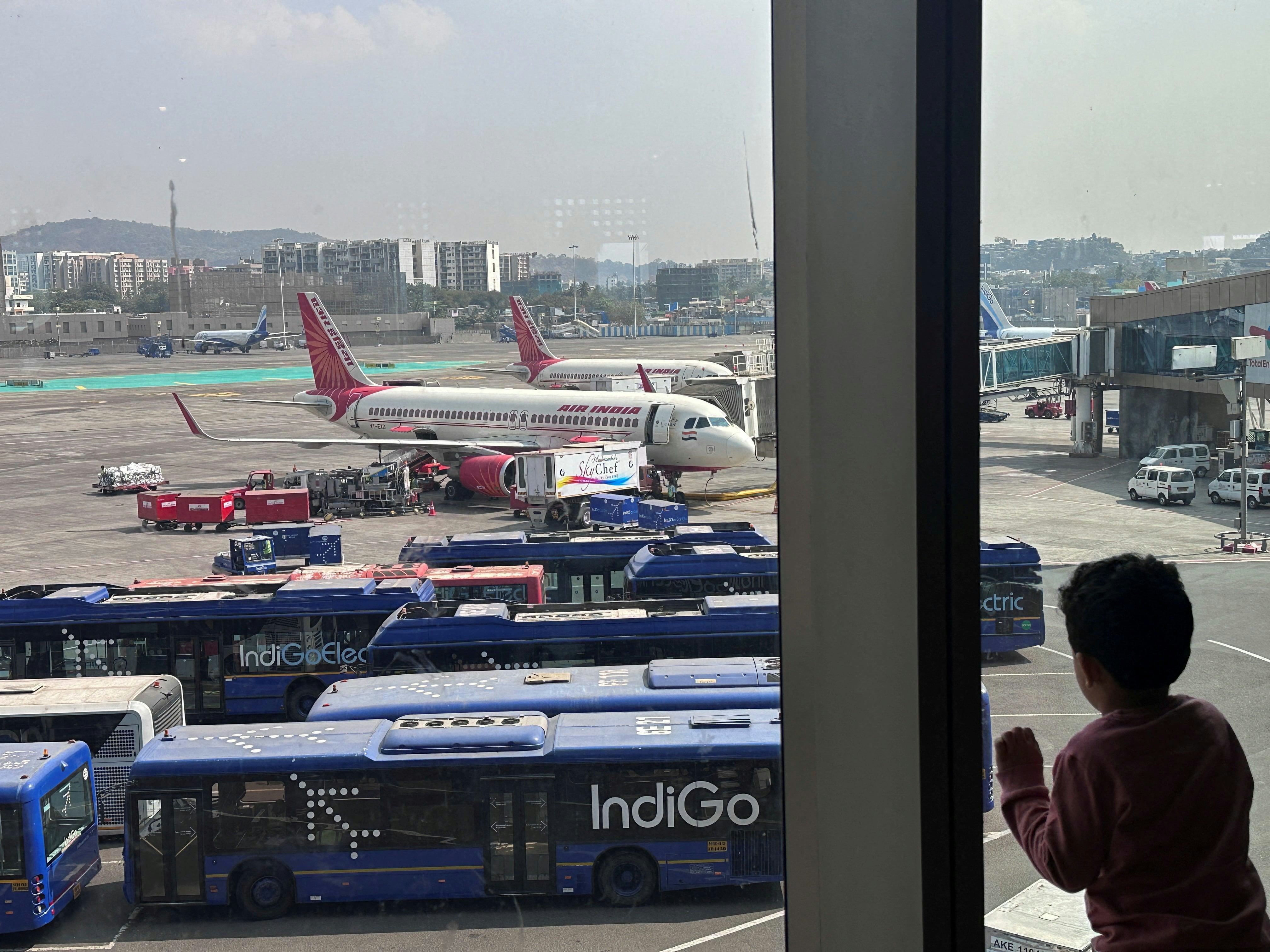
Narrow-Body Aircraft Reshape India’s Tourism and Global Connectivity
India’s aviation sector is experiencing a significant transformation as airlines increasingly deploy long-range narrow-body jets to broaden international travel options. Leading carriers such as IndiGo, Air India, and Akasa Air are utilizing aircraft models like the Airbus A321neo, A321LR/XLR, and Boeing 737 MAX to establish direct connections between secondary Indian cities and key destinations across Africa, East Asia, and the Middle East. This strategic shift is challenging the traditional dominance of Delhi and Mumbai on international routes, allowing cities such as Hyderabad, Bengaluru, and Ahmedabad to emerge as important gateways for global travelers.
Fuel-Efficient Expansion and New Routes
Narrow-body jets offer considerable advantages for international route expansion due to their fuel efficiency and cost-effectiveness. These aircraft are particularly well-suited for “long-thin routes,” which are markets characterized by moderate demand that were previously unviable for larger wide-body planes. Direct flights such as Mumbai to Istanbul, Delhi to Hong Kong, and Hyderabad to Singapore now operate with these jets, making international travel more affordable and accessible. This development has been transformative for India’s tourism sector, reducing travel times and eliminating the need for layovers at major hubs. Consequently, India’s appeal to tourists from Europe, Africa, and Southeast Asia has been significantly enhanced.
Hybrid Fleets and the Future of Indian Aviation
Industry experts foresee a hybrid fleet strategy—combining narrow-body and wide-body aircraft—as the defining feature of the next phase in Indian aviation. Narrow-body jets are ideal for opening new, cost-effective routes and serving emerging markets, while wide-body aircraft will continue to be essential for high-demand, long-haul sectors and premium travel experiences. For example, routes such as Delhi to London are expected to remain reliant on wide-body jets, whereas new connections like Bengaluru to Dubai or Ahmedabad to Kuala Lumpur are flourishing due to the operational efficiencies offered by narrow-body planes.
Tourism Growth Beyond Major Hubs
The expansion of international flights from secondary cities is driving tourism growth in regions that were previously underserved by direct global connections. Cities including Hyderabad, Bengaluru, and Chennai are attracting increasing numbers of international visitors who benefit from streamlined travel without the inconvenience of transiting through Delhi or Mumbai. This decentralization is broadening India’s global tourism footprint and distributing economic benefits more evenly across the country.
Emerging Challenges and Market Dynamics
Despite these advancements, the sector faces significant challenges. Supply chain disruptions are causing delays in aircraft production, with an International Air Transport Association (IATA) study projecting an $11 billion cost impact in 2025. IndiGo’s planned introduction of the A321XLR aims to further enhance India-Europe connectivity, but the airline’s expansion—and that of its competitors—remains vulnerable to delivery delays. Meanwhile, Boeing and Airbus are concentrating on maintaining their current narrow-body models, with no immediate plans for new aircraft launches, which could constrain future fleet upgrades. Additionally, the rapid growth of the global ultralight aircraft market may divert industry focus and resources, potentially affecting the market share and operational strategies of traditional narrow-body jets.
Narrow-body aircraft are thus redefining India’s international aviation landscape by making travel more accessible and supporting tourism growth in secondary cities. However, the industry must carefully navigate supply chain uncertainties and evolving market dynamics to sustain this momentum and fully capitalize on the potential of expanded global connectivity.
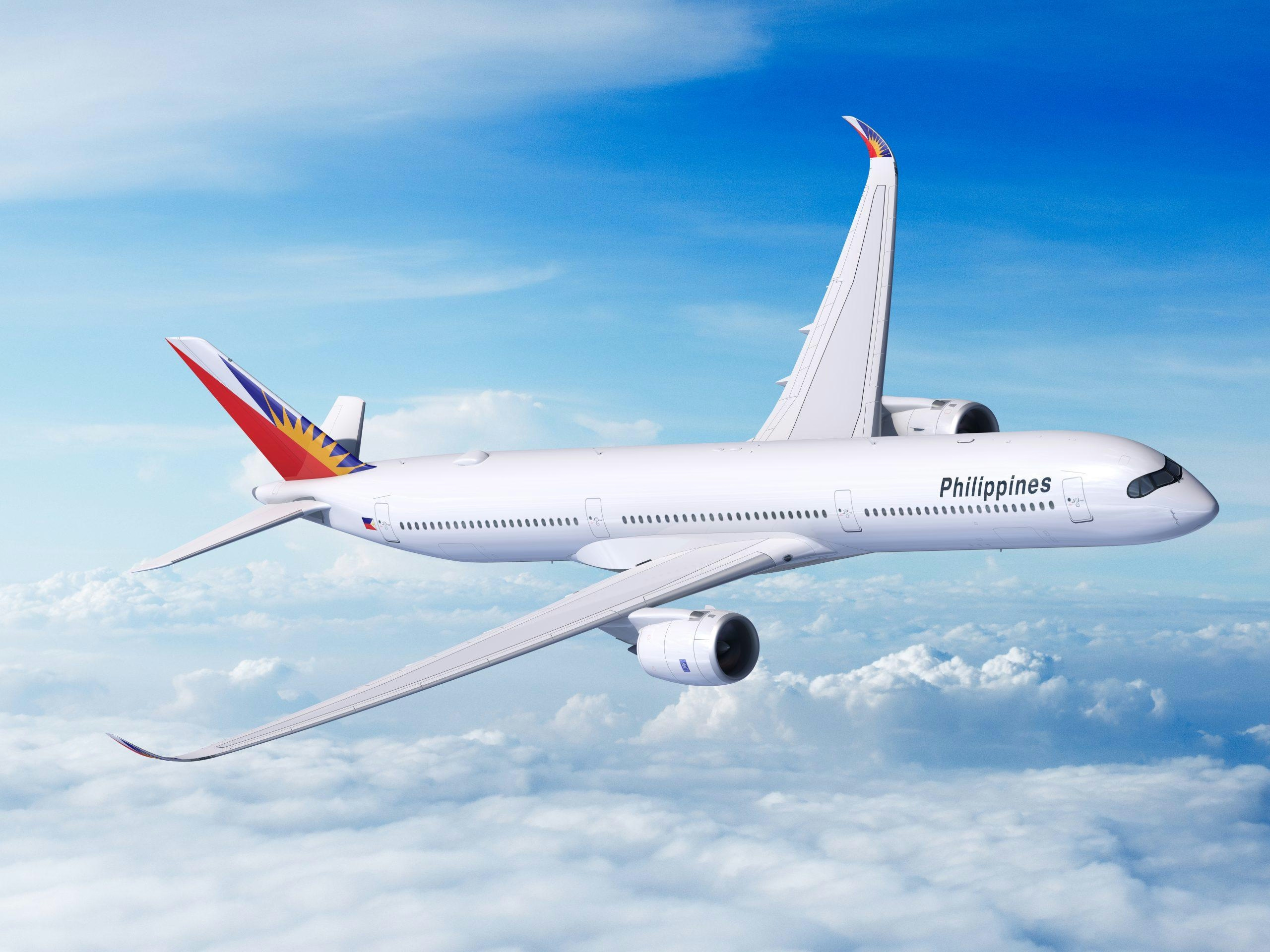
BOC Aviation Completes Sale-Leaseback Deal with Philippine Airlines
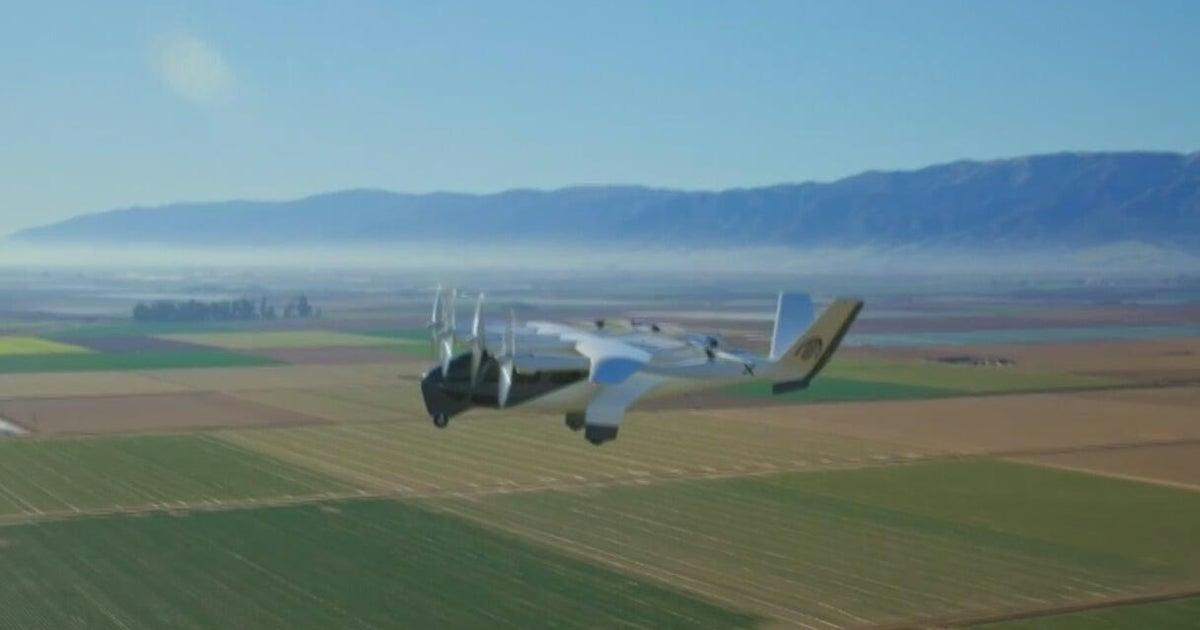
Air taxis promise relief from Miami’s worsening traffic
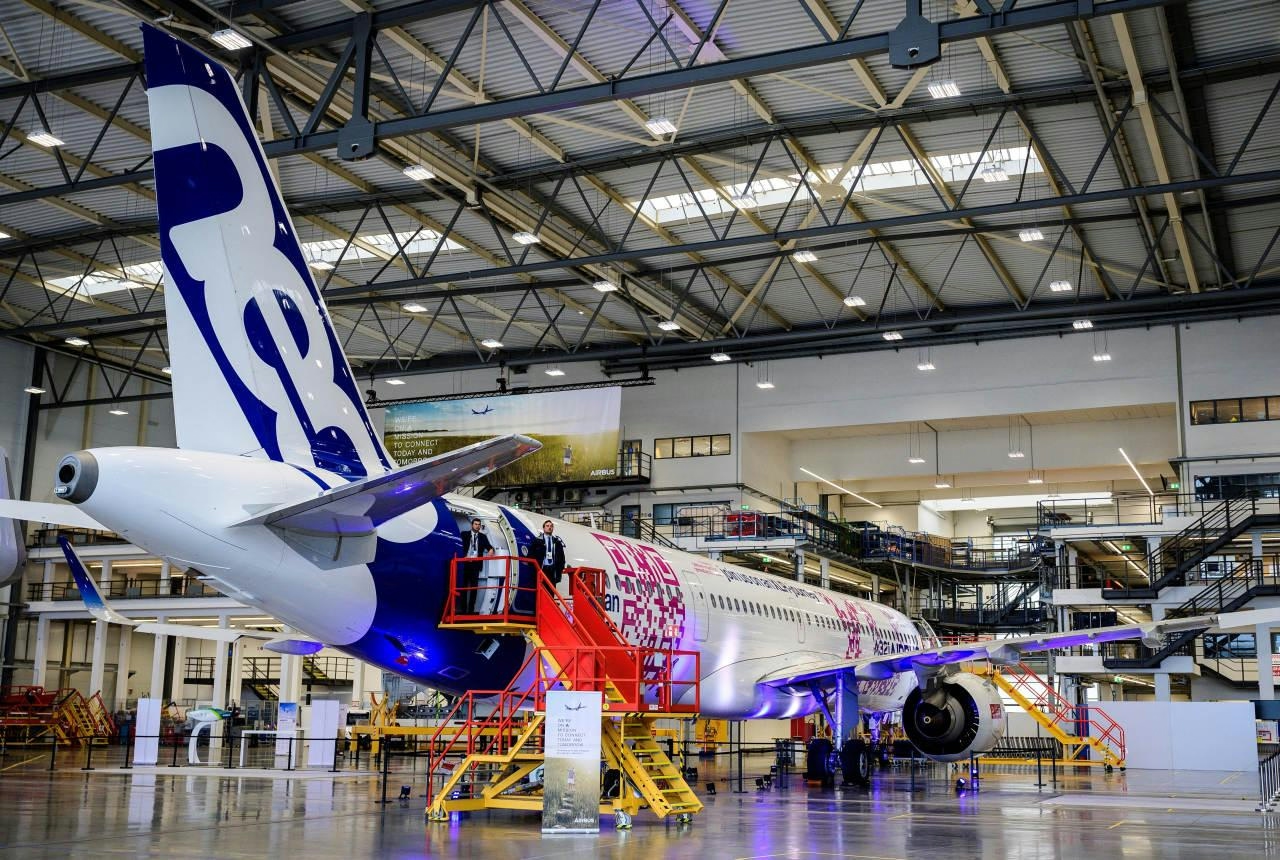
Philippine Airlines Orders Five Airbus A320s in $490 Million Deal
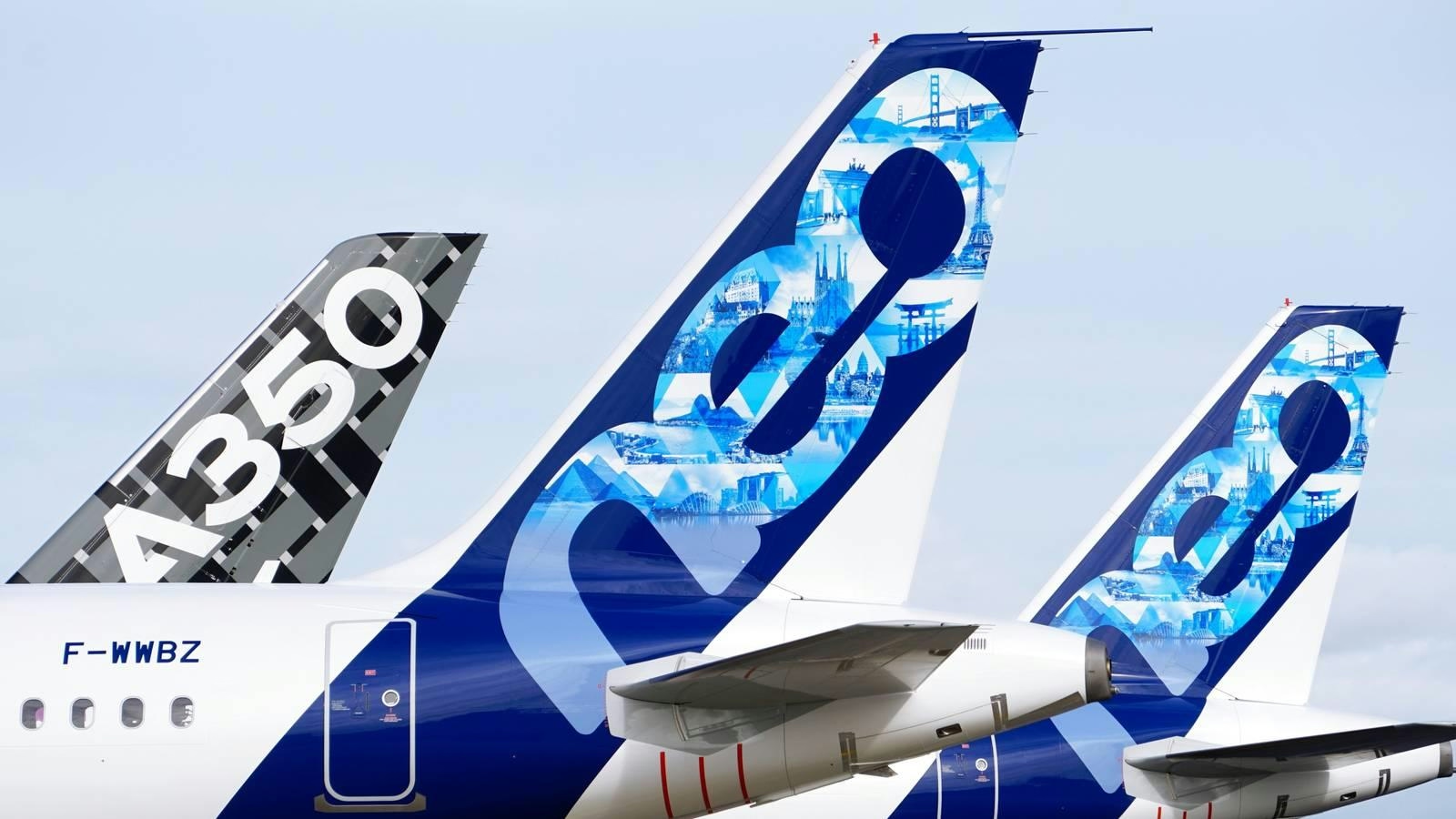
Airbus Lowers Annual Delivery Forecast
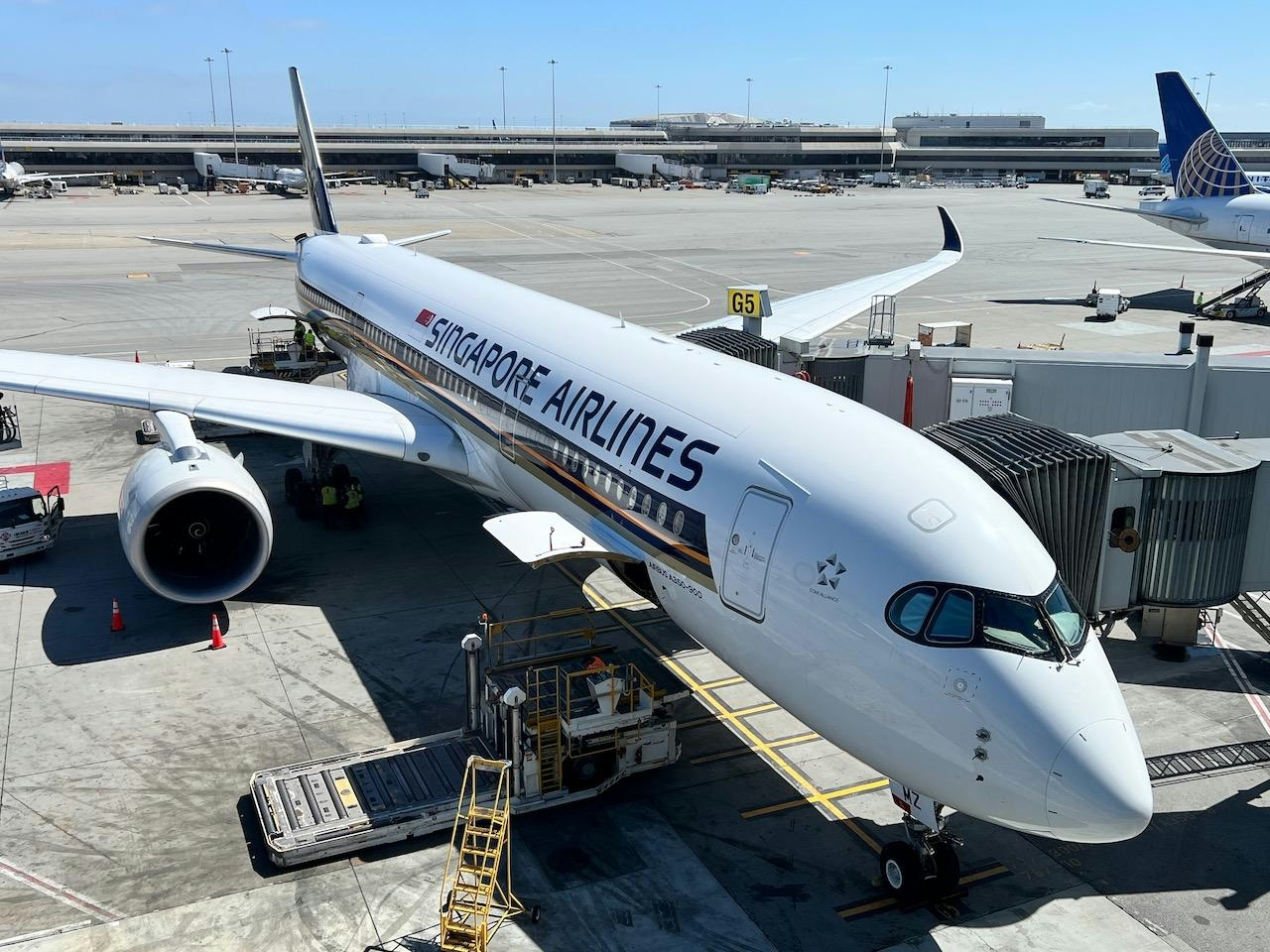
Base Maintenance Malaysia Conducts First Heavy Check on Singapore Airlines Airbus A350
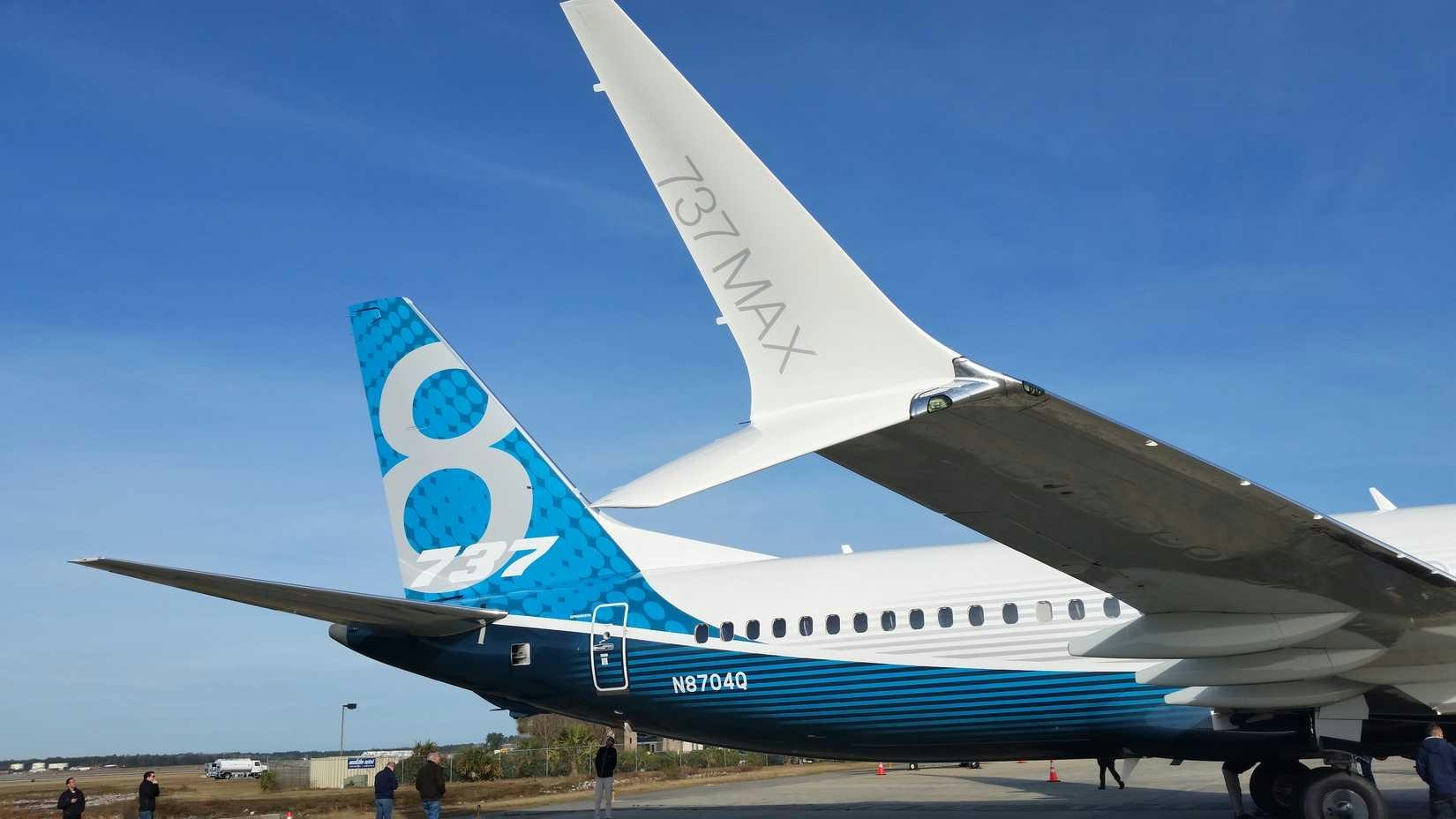
DAE to Lease Ten Boeing 737 MAX 8 Aircraft to AJet Through Turkish Airlines

BOC Aviation to Lease Two Airbus A350-1000 Aircraft to Philippine Airlines
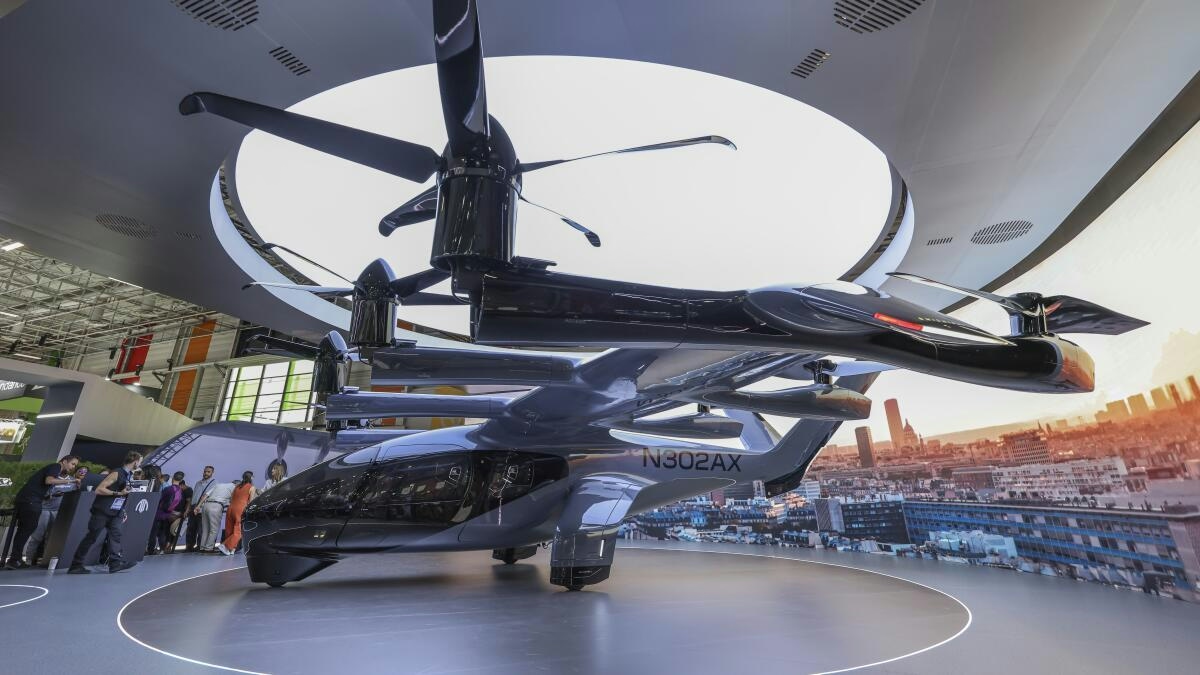
What to know about Midnight, an all-electric air taxi that could change the way we move across South Florida
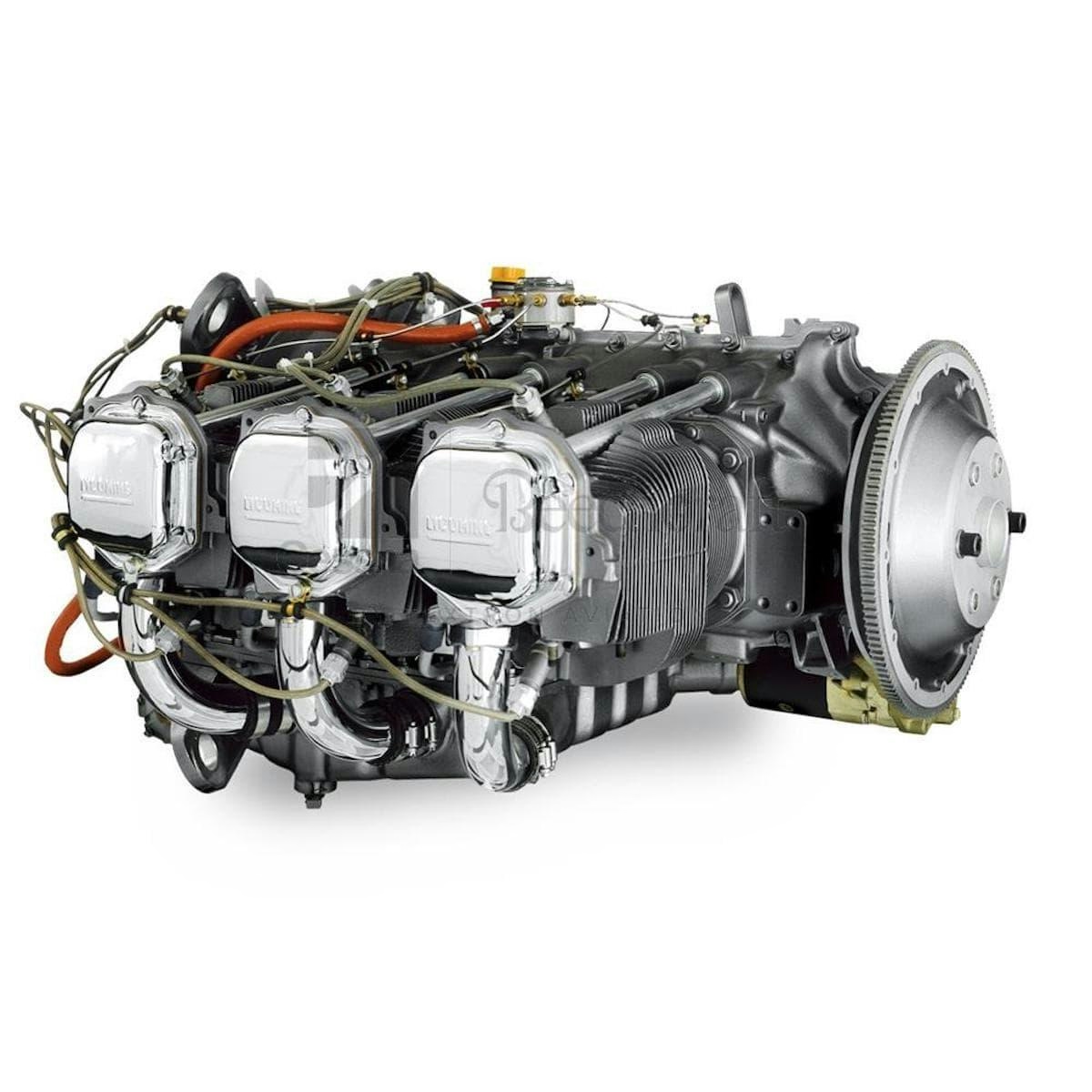
Ask Paul: Consequences of Skipping Due Diligence
